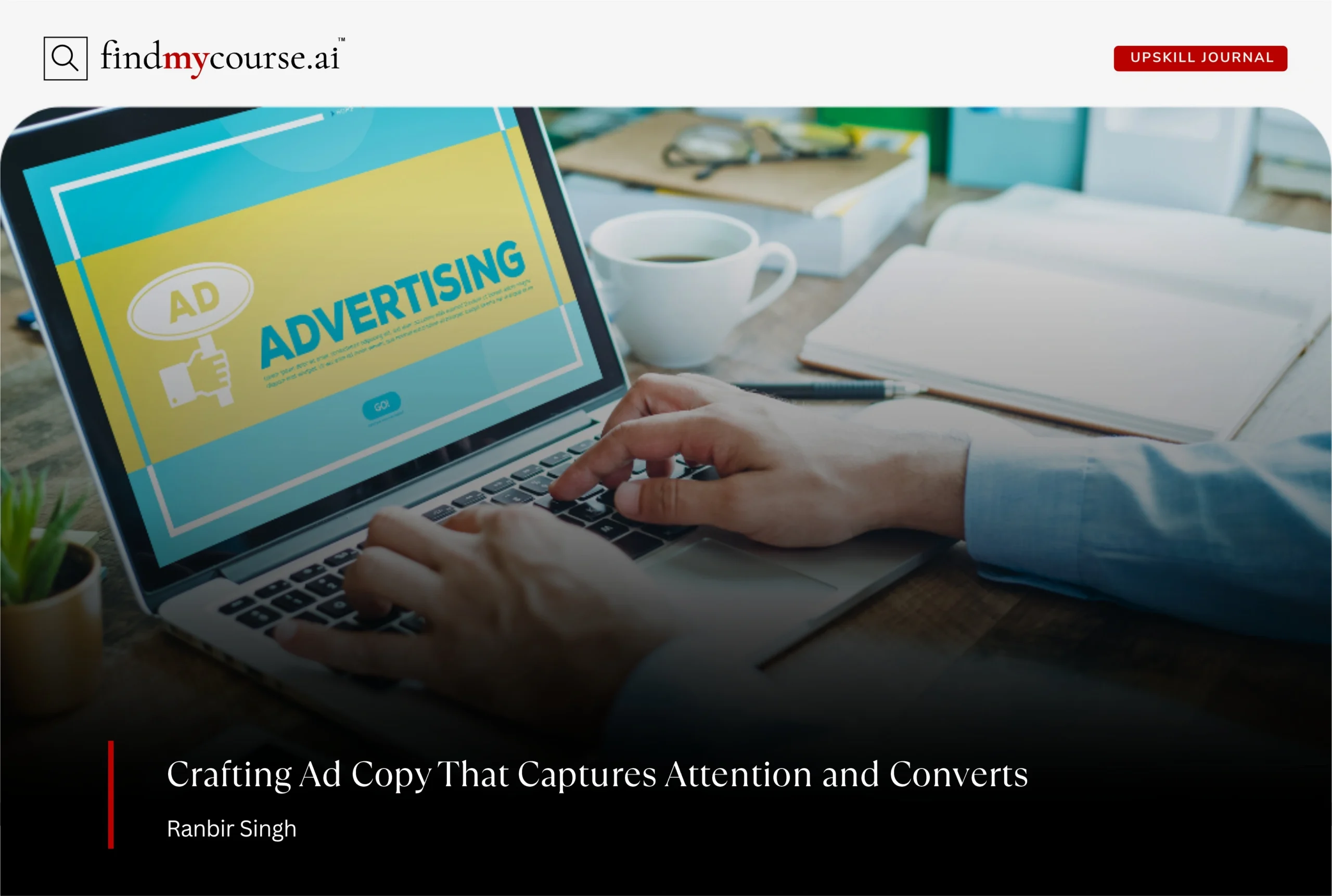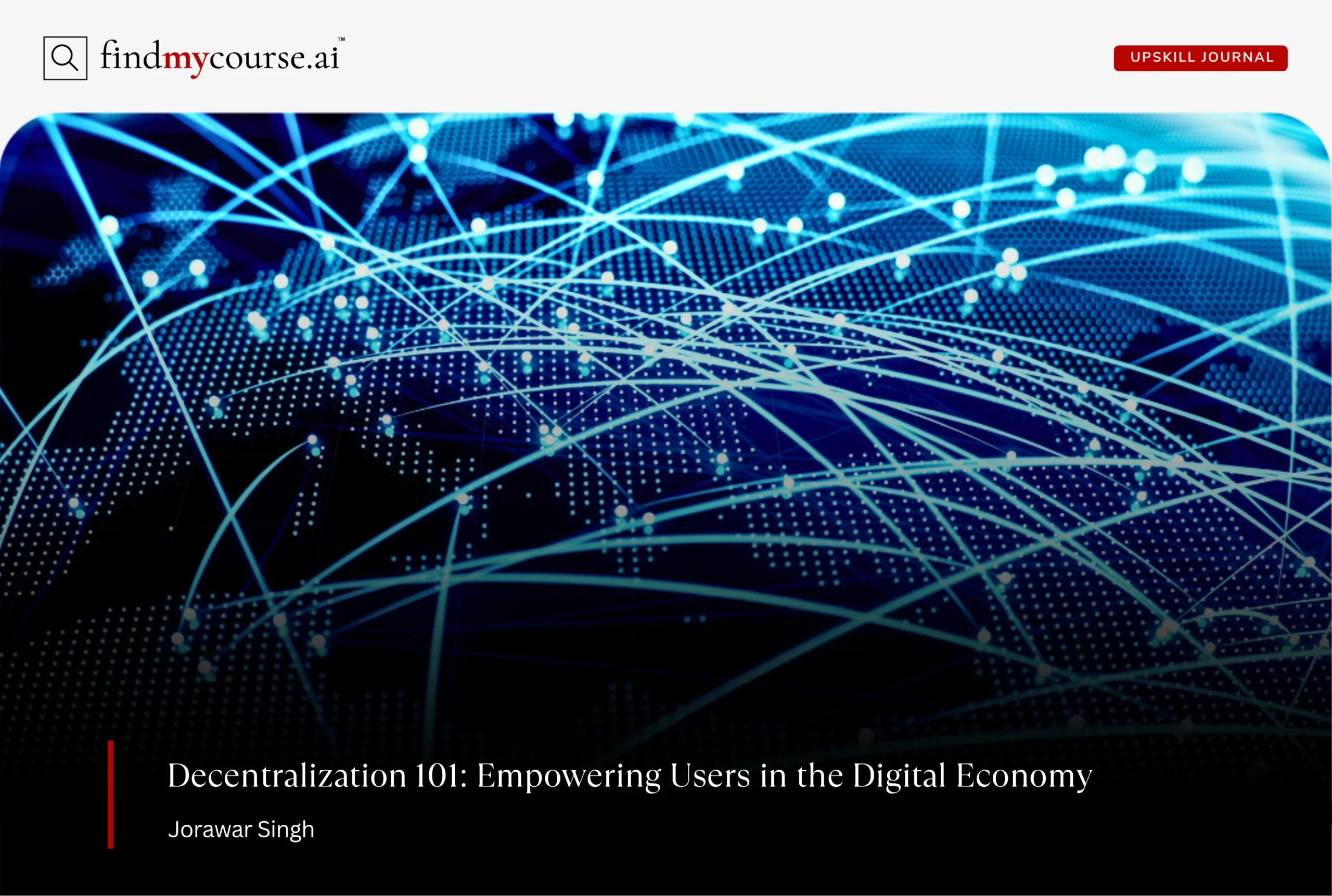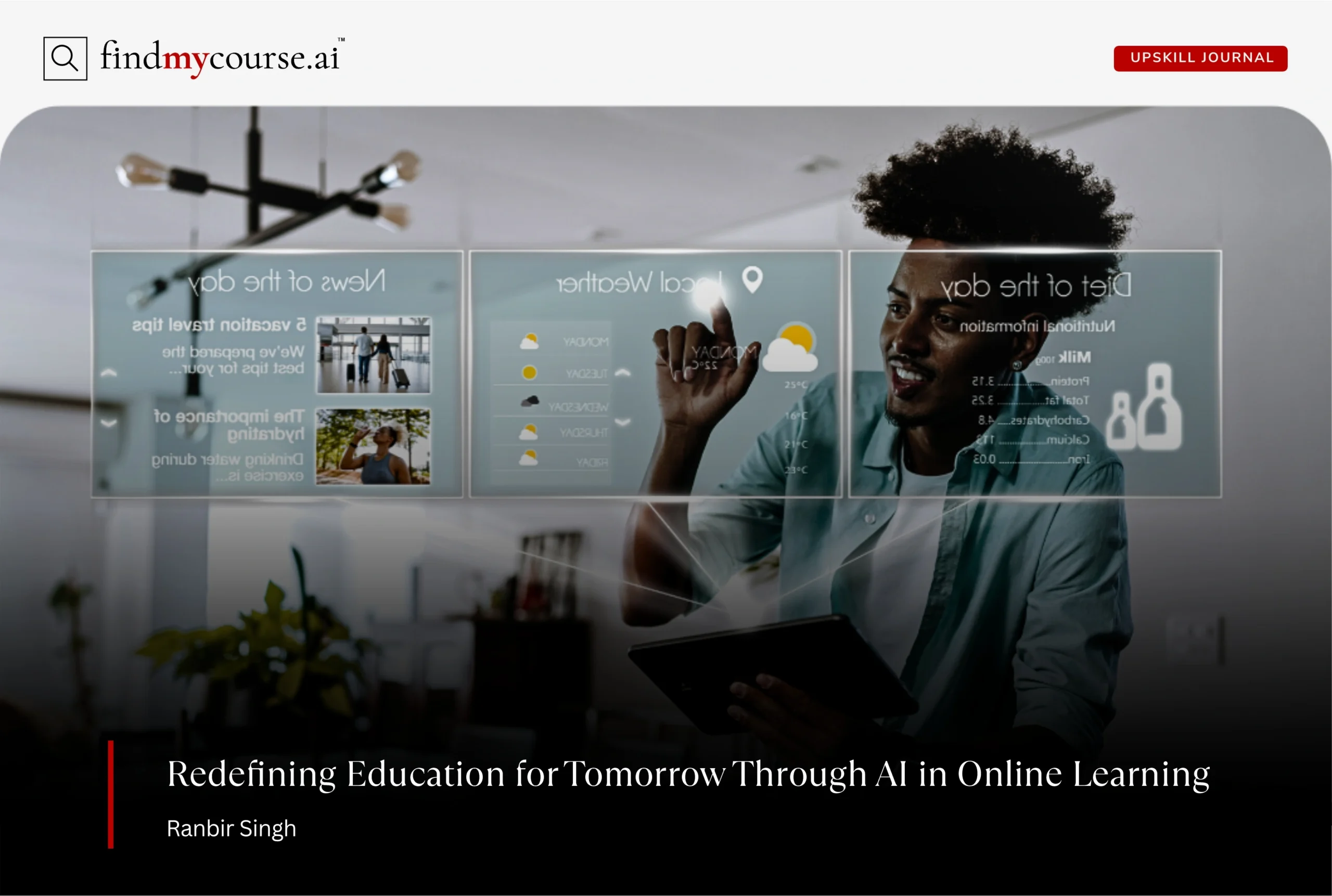In the fast-paced digital world of 2025, attention is the most valuable currency. Businesses can have incredible products, but if their advertisement fails to connect with the audience, the campaign won’t perform. Learning how to write ad copy is not just a marketing skill—it’s a career-boosting ability that makes professionals stand out in advertising, content, and digital strategy roles.
If you’ve ever wondered what separates ads that convert from those that flop, this guide will walk you through the art and science of persuasive writing.
What Is Ad Copy?
Ad copy is the text used in advertisements to persuade a target audience to take action—whether it’s clicking a link, buying a product, or signing up for a service. Unlike long-form content, ad copy must be concise, impactful, and laser-focused on the reader’s needs.
Think of it as a conversation opener. Instead of shouting about features, effective copy speaks directly to the customer’s desires, fears, or aspirations. For example, instead of saying, “Our shoes are waterproof,” a compelling ad could say, “Stay dry on rainy days without sacrificing style.” The difference lies in emotional connection.
If you’re aiming to grow in marketing or pivot your career, mastering ad copy is a practical skill you can sharpen today—even if you study online through affordable certification programs.
Steps to Craft Engaging Ad Copy
Writing high-performing ad copy is part psychology, part storytelling, and part strategy. The best copy doesn’t just describe a product—it sparks emotion and inspires action. Below are expanded, proven steps you can follow:
1. Know Your Audience Deeply
Before you write a single word, step into the shoes of your reader. Ask yourself:
- What are they struggling with right now?
- What outcome are they chasing?
- What objections might they have?
For example, if you’re writing for busy professionals, they might crave efficiency, clarity, and solutions that save time. If your audience is students, they may prioritize affordability and flexible learning.
Pro tip: Build a quick buyer persona—a short profile that outlines your audience’s age, career stage, goals, and frustrations. Tools like AnswerThePublic or Google Trends can give you a window into real questions people are asking, making your persona more authentic.
2. Highlight Benefits, Not Features
Features tell. Benefits sell. Customers don’t just want to know what your product is—they want to know how it will make their lives better.
- Feature: “This laptop has 12 hours of battery life.”
- Benefit: “Work all day without worrying about your charger.”
See the difference? Benefits turn a spec sheet into a story of transformation. Always ask: So what? Why should they care? That question leads you from features to benefits. Tools like Grammarly’s tone detector can help ensure your copy leans toward human, benefit-focused language rather than sounding overly technical.
3. Use Proven Frameworks
Even the best writers don’t start from scratch every time. They lean on time-tested frameworks to organize their ideas and sharpen their persuasiveness.
- AIDA (Attention, Interest, Desire, Action):
- Attention: Hook with something bold.
- Interest: Explain why it matters.
- Desire: Show what life looks like with your solution.
- Action: Invite them to take the next step.
- PAS (Problem, Agitation, Solution):
- Problem: “Struggling to finish tasks on time?”
- Agitation: “Deadlines keep piling up, and stress follows you everywhere.”
- Solution: “Our productivity app organizes your day in minutes.”
Frameworks don’t box you in—they free you to focus on creativity while ensuring you never miss a persuasive element. If you need inspiration, AI tools like Jasper offer ready-made AIDA and PAS templates to kickstart your brainstorming.
4. Make It Conversational
The best ad copy feels like a friendly chat, not a sales pitch. Speak to your audience the way you’d explain something to a colleague or friend.
- Instead of: “Our platform facilitates seamless collaboration.”
- Try: “Work together easily, no matter where your team is.”
Write in short, clear sentences. Use contractions (you’ll, it’s, we’re) to make your tone natural. When in doubt, read your copy out loud. If it sounds stiff or robotic, rewrite it. The Hemingway App is great for simplifying language and keeping your copy direct and approachable.
5. Leverage Emotional Triggers
Humans make decisions emotionally first, then justify logically. Tap into emotions like:
- Relief: Show how your product removes stress.
- Aspiration: Highlight the dream outcome they’re chasing.
- Fear of Missing Out (FOMO): Use urgency sparingly to inspire action.
Example: “Join 10,000 professionals who’ve already leveled up their careers.” This builds trust and urgency at the same time. To sharpen the emotional pull of your headlines, try tools like CoSchedule’s Headline Analyzer, which scores how engaging your phrasing really is.
6. Use Social Proof & Credibility
People trust other people more than brands. Adding proof points builds confidence in your message.
- Testimonials: “I doubled my leads in one month using this tool.”
- Numbers: “Trusted by 50,000+ marketers worldwide.”
- Endorsements: Highlight partnerships or certifications.
When integrated naturally, credibility cues make your ad copy more persuasive without feeling pushy. Platforms like Trustpilot can supply authentic customer reviews you can quote directly in your ads.
7. End With a Strong Call-to-Action (CTA)
Your ad is only successful if it inspires the reader to act. Don’t assume they’ll know what to do—tell them clearly and confidently.
Examples of strong CTAs:
- “Start your free trial today—no credit card required.”
- “Book your seat now—limited spots available.”
- “Discover the strategy top marketers use.”
A powerful CTA combines clarity, urgency, and value. Avoid vague closings like “Click here” or “Learn more” unless they’re paired with a benefit. If you’re running campaigns, tools like Google Ads Experiments let you A/B test different CTAs to see which phrasing drives the most conversions.
By layering these steps together, you transform a bland message into persuasive ad copy that feels human, authentic, and results-driven.
Examples of Ad Copy Across Platforms
Nothing explains ad copy better than seeing it in action. Here’s how the same message shifts across platforms:
Google ad copy (precise and keyword-driven):
- Headline: Affordable Online Marketing Courses – Start Today
- Description: Learn how to write ad copy that converts. Flexible schedules, expert-led lessons, and career-ready skills. Enroll now.
This follows a simple Google ad copy template: an attention-grabbing headline, a clear benefit, and a direct call-to-action.
Social media ad copy (creative and conversational):
“Ready to level up your skills? Join thousands of learners mastering digital marketing—anytime, anywhere.”
Here, the tone is more casual, focusing on community and aspiration rather than keywords.
Ad Copy Optimization: Testing for Better Results
Writing ad copy is only half the job. The other half is ad copy optimization—testing and refining to ensure your words truly convert.
One of the most effective methods is A/B testing, where you compare two versions of an ad to see which performs better. Even small changes can make a big difference.
You might test:
- Two different headlines
- Emotional vs. rational appeals
- Short vs. long CTAs
To measure success, focus on metrics such as:
- Click-through rate (CTR): Are people engaging with the ad?
- Conversion rate (CVR): Are they taking the desired action?
Platforms like Google Ads Experiments and Meta Ads Manager make it easy to run these tests and track performance. Over time, the insights you gather become a playbook for consistently stronger ad copy.
Common Mistakes to Avoid
Even experienced marketers fall into traps. Here are some pitfalls to sidestep:
- Being too vague: “Best service for everyone” won’t connect with anyone.
- Overloading with features: Don’t make the reader do the math. Show them the benefit.
- Forgetting urgency: Without a reason to act now, readers may delay indefinitely.
- Neglecting mobile audiences: In 2025, most ad views happen on mobile. Keep your copy short and skimmable.
Final Thoughts
Ad copy may be just a few lines, but those lines can make or break a business. Mastering the art of persuasive writing doesn’t just improve campaigns—it elevates your career, your brand, and your ability to connect with real people. Start putting these strategies into practice today: know your audience, focus on benefits, test relentlessly, and write with emotion. The next time someone clicks on your ad, you’ll know it’s not luck—it’s the power of words that sell. And if you ever need help or feel stuck, just ask our AI assistant for guidance.


